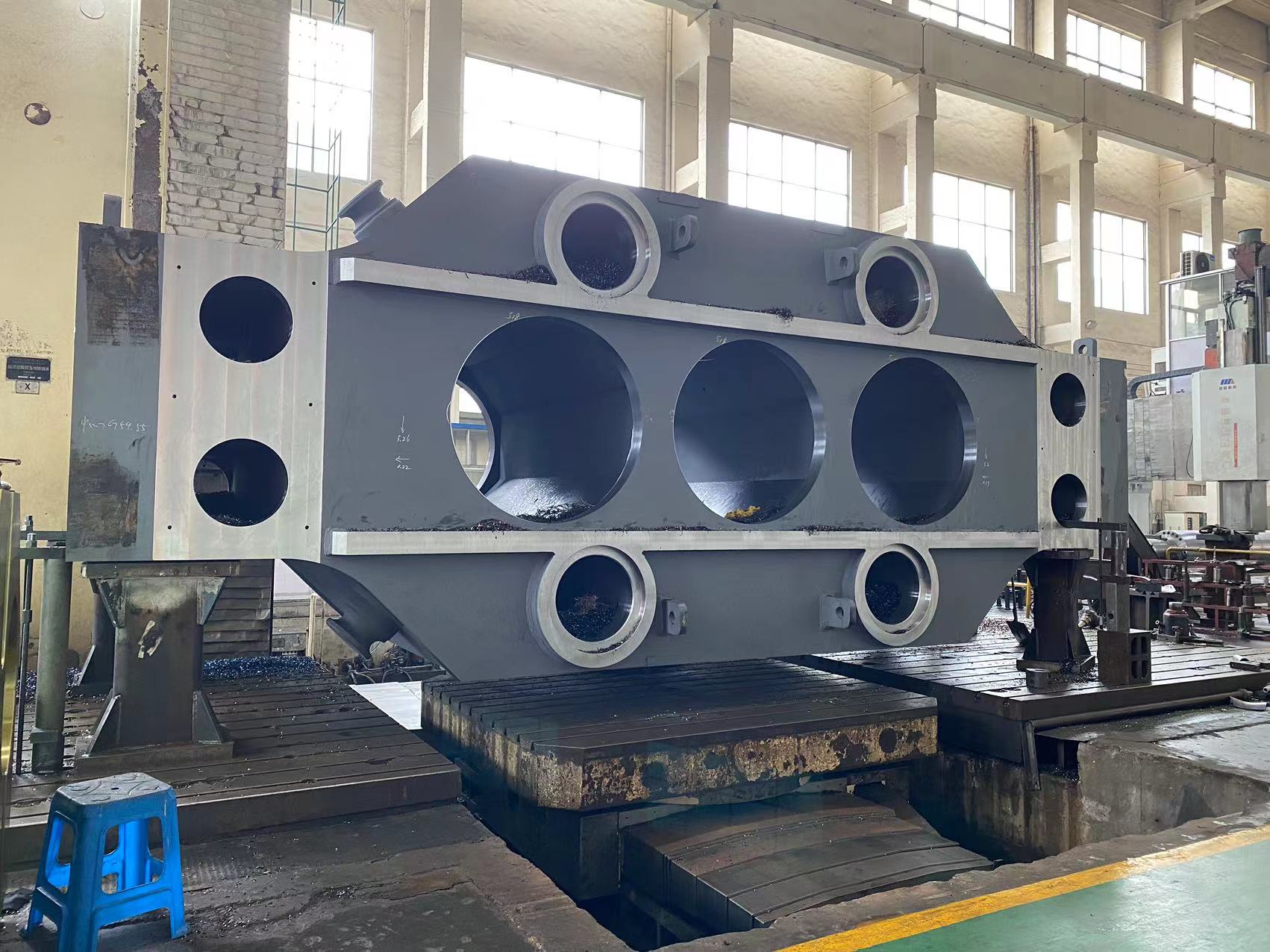-
 Call Now ! 0086-13390692151
Call Now ! 0086-13390692151 -
 Email Now sale@kfqizhongji.com
Email Now sale@kfqizhongji.com


Ship hulls are constructed from hundreds of sheets of metal, and good ship welding during the shipbuilding process is crucial to ensure that they have the right shape and strength.
The drawings detail the structural form, material selection and indicate welded joint connections.
The steelwork contractor selects methods of welding each joint configuration that will achieve the performance required.
Strength, fracture toughness, ductility and fatigue are the significant metallurgical and mechanical properties that must be considered.
The type of joint, the welding position and productivity and resource demands influence the selection of a suitable welding process.
The effect of imperfections on the performance of welded joints depends upon the loading applied and upon material properties. The effect may also depend on the precise location and orientation of the imperfection, and upon such factors as service environment and temperature. The major effect of weld imperfections on the service performance of steel structures is to increase the risk of failure by fatigue or by brittle fracture.

Welding quality
Welder qualifications are time limited and need confirmation of validity depending on continuity of employment, engagement on work of a relevant technical nature and satisfactory performance. Prolongation of a welder' s qualification depends on recorded supporting evidence demonstrating continuing satisfactory performance within the original test range, and the evidence must include either volumetric destructive testing or destructive testing. The success of all welding operations relies on the workforce having appropriate training and regular monitoring of competence by inspection and testing.